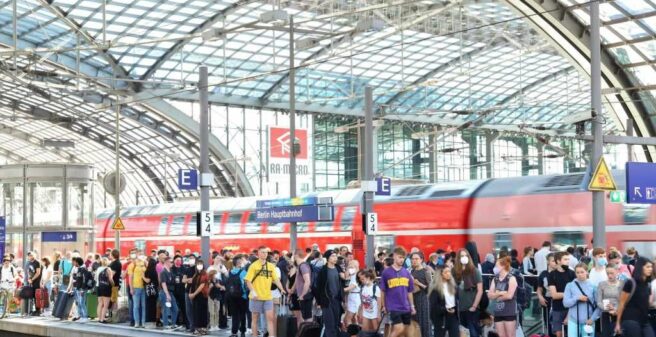
This summer has been a very special summer for Germany’s public transport. Since 1 June, the use of buses and trains throughout Germany has cost only 9 euros – per person and month. In view of high inflation and the resulting rise in the cost of living, the experiment was implemented at short notice by the federal government, the federal states, the public transport authorities and the transport companies in an unprecedented show of strength.
While the 9-Euro Ticket is a blessing for many passengers and commuters, discussions about a possible continuation of the cheap nationwide fare have already begun.
Since the launch of the 9-Euro Ticket, the success is actually impossible to overlook: Since the start of sales at the end of May, around 38 million 9-Euro Tickets have been sold nationwide by the beginning of August. Together with the approximately ten million subscribers who automatically receive the discounted ticket, the number of 30 million tickets per month previously calculated by the industry has not only been reached, but even exceeded.
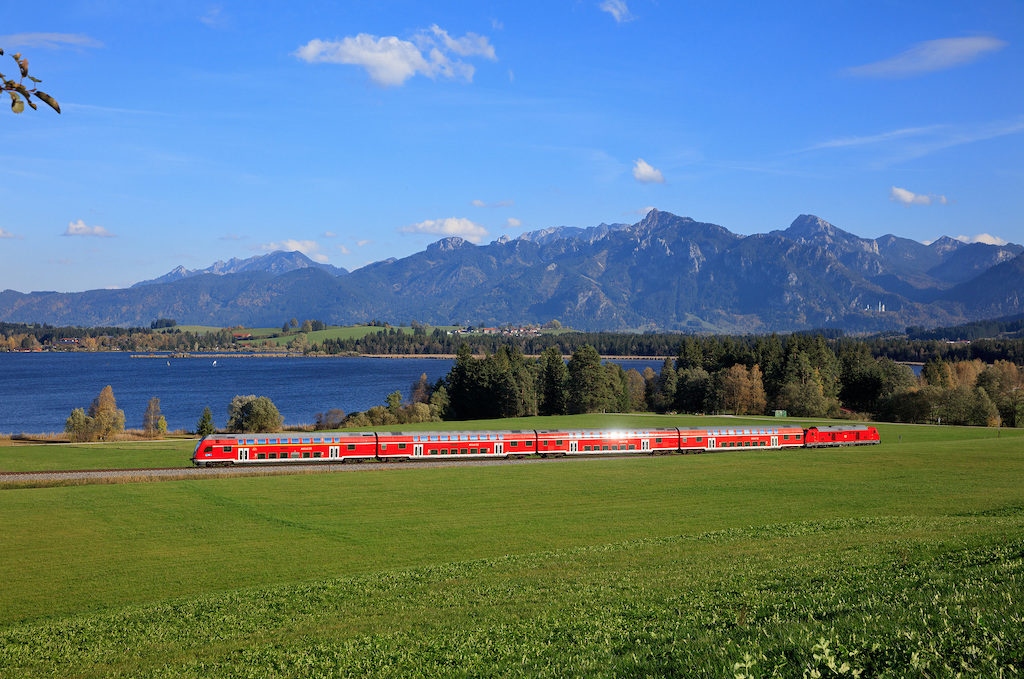
On the other hand, critical voices are also growing. One of the main questions is whether and to what extent the 9-Euro Ticket has contributed to a reduction of car usage. And anyone who has travelled on regional transport in Germany in recent months may also have noticed that some regional train connections are at the limits of their capacity due to the enormous influx of passengers. Overcrowded trains and resulting delays were a matter of fact on some connections, especially on the weekends.
53 per cent of passengers use the 9-Euro-Ticket for everyday journeys
A nationwide market research with 6,000 interviews per week, coordinated jointly by the VDV (the association of Germany’s transport companies) and national operator Deutsche Bahn on behalf of the federal and state governments, showed that the majority of passengers use the 9-Euro-Ticket for everyday journeys such as visits to the doctor, shopping or general errands. To the question “What have you already used your 9-Euro-Ticket for in June or what do you expect to use it for this month?”, 53% of the ticket users answered “everyday journeys”, 39% of the users use it to go to work, to the training centre or to school. Still, 33% use the ticket for excursions, but only 14% for holidays/short breaks (multiple answers were possible). However, only a slight shift from car to public transport is visible so far. Only three percent of the respondents left their car in favour of public transport.
However, there are many success stories, especially in the cities. For example in Frankfurt/Main: After the launch of the 9-Euro-Ticket, the number of passengers on Frankfurt’s public transport increased significantly. This is shown by counts and surveys evaluated by the local transport company traffiQ. About 19 per cent more passengers use underground trains, trams and buses in Frankfurt compared to the previous month of May. This is a clearly visible effect of the 9-Euro-Ticket. However, the passenger figures from the time before Corona have not yet been reached; the city’s public transport system was able to cope well with the higher traffic volume.
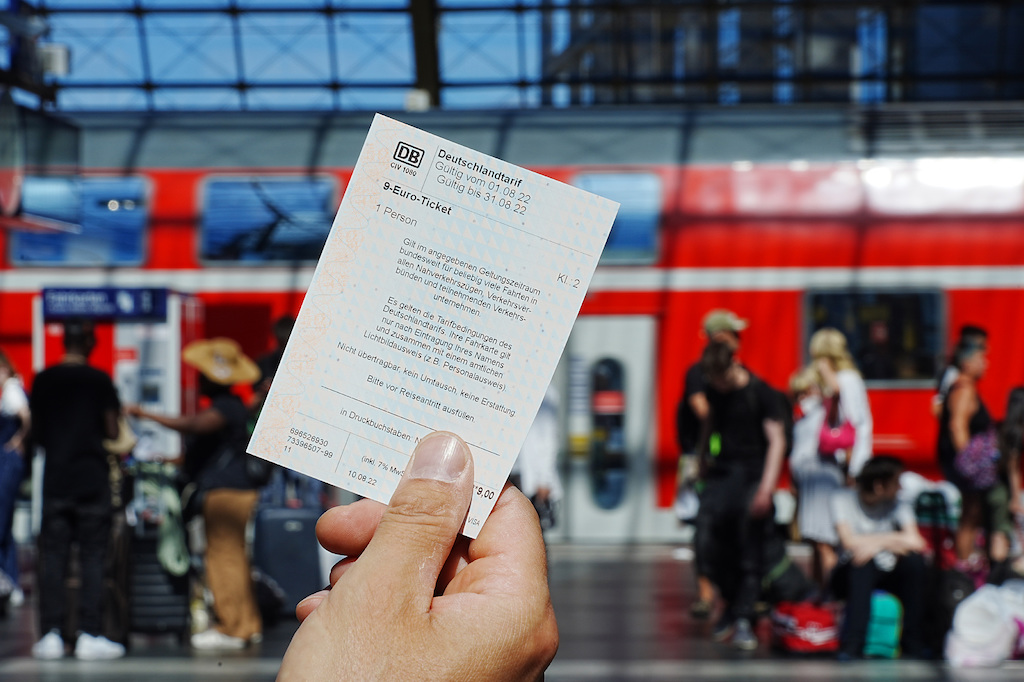
The 9-Euro-Ticket as a ticket – users of public transport monthly tickets also benefited from the offer I
© Deutsche Bahn AG/ Volker EmerslebenAcross Germany, it has be observed that the ticket leads to higher public transport use. Especially on certain regional express routes, for example between Berlin and the Baltic Sea, trains are overcrowded. Sometimes this leads to delays because boarding and alighting at the platform is no longer fast enough. Additional trains have now been made available on some routes to avoid overcrowding.
And yet: the success of the 9-Euro Ticket is also measurable on the roads: according to analyses by the traffic data specialist Tomtom for the news agency dpa, a reduction in congestion levels could be demonstrated in 23 of 26 cities studied.
Certainly, this does not mean that a transport modal split has been achieved, because this requires even more attractive public transport, especially in rural regions. The data so far show that people are also persuaded to use public transport by the price. Around a quarter of the journeys made would not have been made at all without a 9-euro ticket.
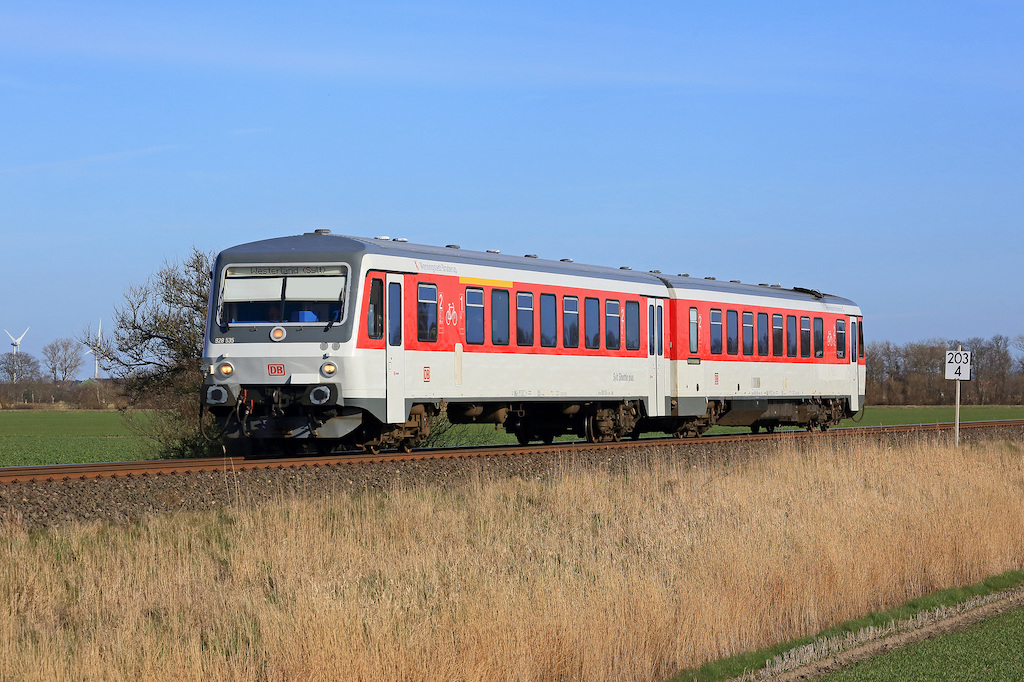
With the Sylt Shuttle plus, travellers could also travel to Westerland/Sylt island with the 9 euro ticket – here the train near Gotteskoog
I © Deutsche Bahn AG/ Uwe MietheWhat’s next?
The 9-Euro Ticket is still valid until the end of August. For several weeks now, the voices calling for a continuation of the successful ticket have been piling up. The transport policy and financial debate has long since begun and is forcing the federal government, the federal states, the public transport authorities and the transport companies to act.
However, there are still unanswered questions in terms of its organisation and financing. On the one hand, the tariff implementation has to be clarified, as there is no uniform fare system in Germany so far. In addition, there is the question of how a continuation could be financed. The 9-Euro Ticket costs the federal government a total of 2.5 billion euros. A continuation of the financing is neither planned nor budgeted, at least on the part of the Federal Ministry of Transport.
What are the proposals?
Due to the existing funding gap, political parties, associations and representative groups have worked out various proposals. The coming weeks will show whether and which of these proposals will come to fruition. Certainly in the process
- Extension: the Left Party proposes to extend the 9-Euro Ticket until the end of the year. The cost is reportedly over one billion euros per month.
- 29-Euro-Ticket: The consumer centres have proposed an easy-to-book ticket for local transport at a price of 29 euros per month – this would be equivalent to about one euro per month.
- 29 euros nationwide/ 49 euros nationwide: Germany’s green parts propose two types of tickets. The 29-Euro ticket is valid at least nationwide, but also for regions such as Berlin-Brandenburg or Bremen-Hamburg-Lower Saxony (based on the proposal of the LänderPlusTicket of the transport association VCD for eight transport regions). With the 49-Euro-Ticket, customers could use public transport nationwide.
- 69-Euro-Ticket: The Association of German Transport Companies has proposed a nationwide public transport climate ticket for 69 euros a month as a permanent offer, which would be feasible from 1 September. It would not automatically apply to season ticket holders like the 9-Euro-Ticket. The costs for the federal government would amount to about two billion euros per year.
- 365-Euro-Ticket: An annual ticket for 365 euros, i.e. for one euro a day, has been discussed in Austria for quite some time. The environmental organisation Greenpeace in particular pointed out that the success of the 9-Euro-Ticket should not be jeopardised with an interruption. A seamless continuation until the end of the year and a “climate ticket” for a maximum of one euro per day from January 2023 was therefore of high importance.
VDV points to rapid political agreement for follow-up regulation
From the VDV’s point of view, what is needed now is a quick political agreement between the responsible actors at federal and state level, especially with regard to the financial framework conditions. “The different positions of the political players are now known. However, we are not yet a step further in the question of how to proceed after the 9-Euro-Ticket. For this to happen, the federal government and the Länder would now have to agree very quickly on whether and how a follow-up ticket should be financed and what framework conditions such a ticket should have, such as the territorial and temporal validity. From the industry’s point of view, we already made an economically and transport-wise sensible proposal weeks ago with the nationwide climate ticket for 69 euros a month. The longer a final agreement is not reached, the later a successor ticket can be introduced. We therefore need the necessary political decisions very soon, because we need the appropriate lead time for operational and sales implementation,” Wolff concluded.
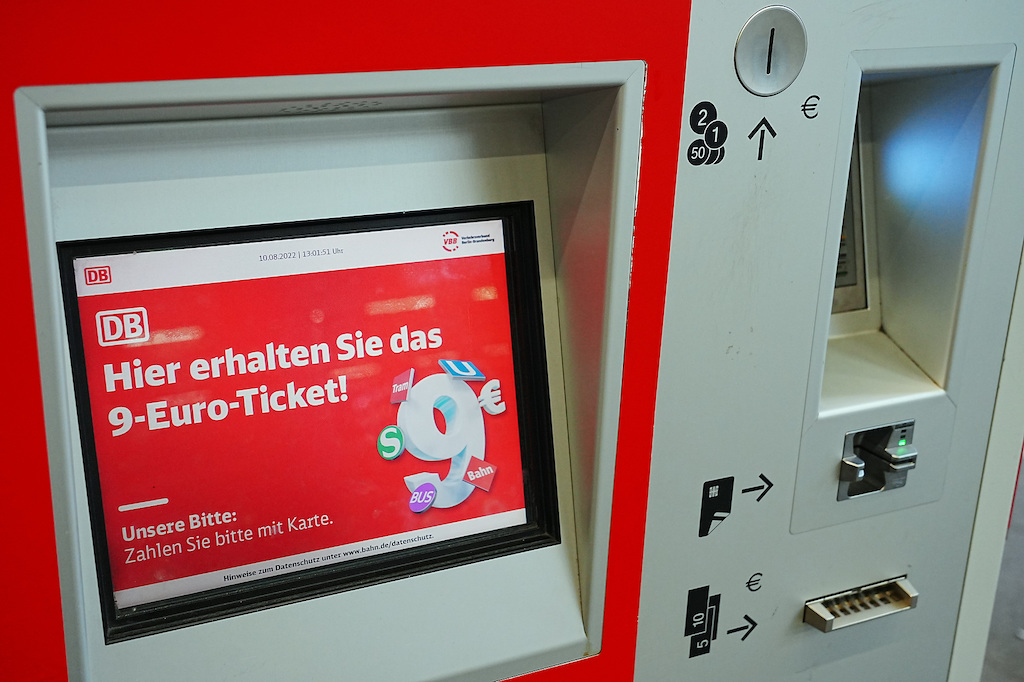
It remains to be seen how things will develop now, as the final evaluation of the figures for the 9-Euro Ticket Summer will certainly also play a decisive role. Is the price decisive or the simplicity of the ticket? One thing is certain: one of the biggest advantages of the 9-Euro Ticket is its validity across all tariff zones. After all, there are over 100 transport associations in Germany today with corresponding tariff zones which are quite complex. Perhaps a nationwide fare would be a first step in the right direction. Whether the ticket really has to cost 9 euros is certainly debatable. If it were up to the passengers, 80% of them would be in favour of continuing the offer. Financing alone should not be the decisive factor. There are possibilities for this. For example, the reduction or even abolition of the company car privilege.
16.08.2022

[…] Biglietto da 9 € della Germania – cosa c’è dopo? – Rivista Urban Transport (urb… […]